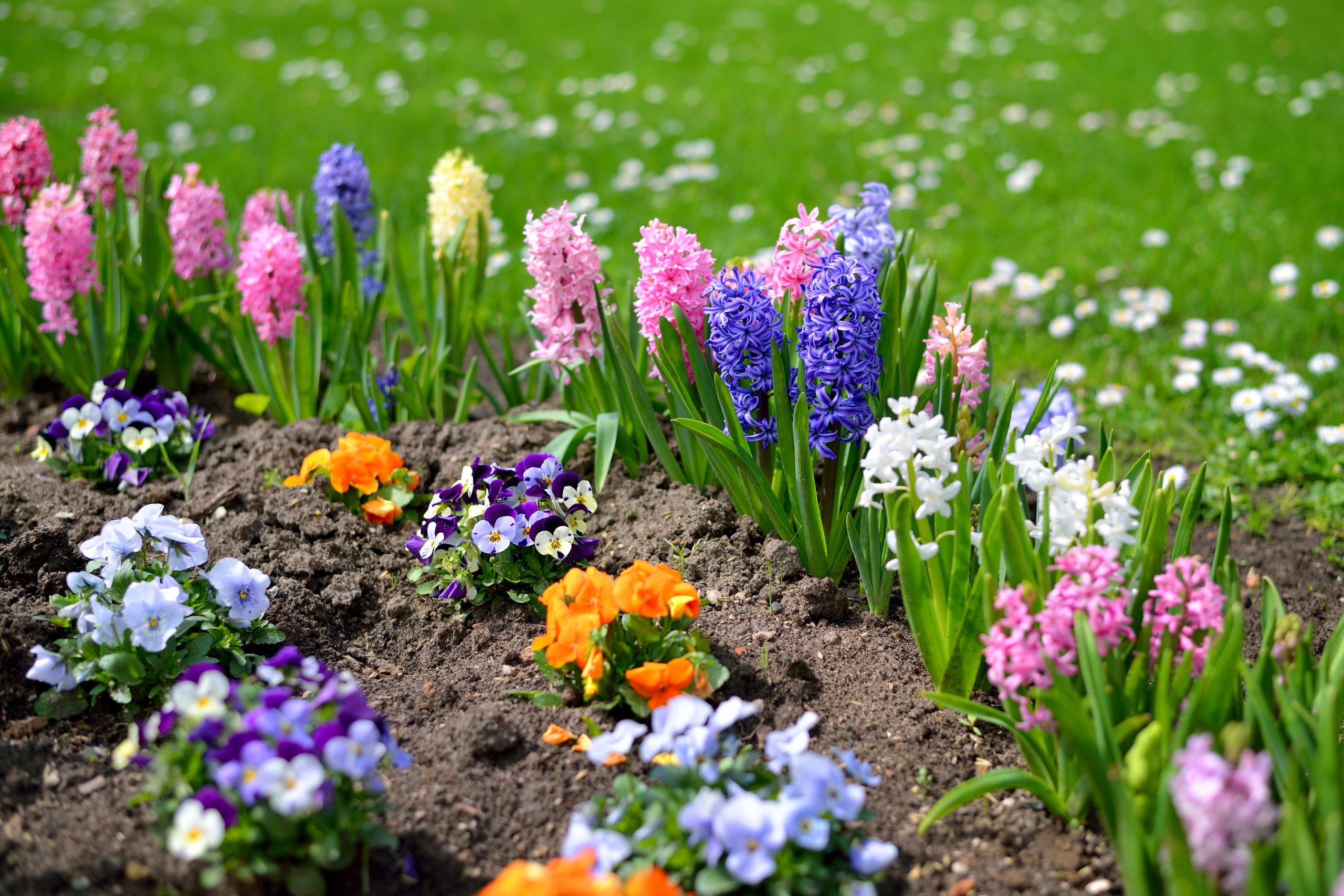Spring Garden Planning Guide
Author/Reviewed By: Josh Miller, Sales Manager: Baker Lime & North America Minerals
Published: 1/22/2019 – Updated: 3/18/2022
When the calendar turns, the cold temperatures subside and the snow dissolves, gardeners of all backgrounds will begin preparations for bringing their gardens back to life. However, while spring is an excellent time for gardening, it can also be overwhelming if you’re new to the scene. Before you buy seeds or pre-grown flowers for planting, you should take some preemptive steps for planting for your spring garden.
How to Get Your Soil Ready for Spring Gardening
Once your soil has emerged from its frosty prison, you can run through some checks and tests to assess its readiness for planting flower and vegetable gardens. Actions you can take to get your garden soil ready include:
- Clean up the area: The events of fall and winter will likely leave your garden in a bit of a mess. Take the time to clean beds of dead leaves, twigs, rocks and other unsightly debris that might get in the way.
- Test your soil for pH levels, nutrient & mineral content: Depending on where you live, soil can differ in its composition and qualities. It can also change over time, mainly due to human influence, which makes a soil test worth doing. You can scoop up a sample and send it to a local laboratory, or you can purchase an at-home testing kit. Either way, you should find out valuable details like the pH level, as well as the nutrient and mineral content. Certain plants require specific conditions, and placing them in inadequate soil can lead to stunted growth. Soil composition is an important factor when it comes to spring garden planning.
- Place lime in the soil: If you find out that your ground has high levels of acidity — generally anything below 5 — you’ll need to balance it out if you hope for the successful growth of plants and vegetation. By spreading out appropriate limestone products, which are naturally more alkaline, you will create an environment that allows for better nutrient intake, reduces the chance of diseases and increases resistance to weed infestations. If you send in your soil sample to a lab, they can recommend what types of lime you need, as well as the amount.
- Get rid of existing weeds: Many species of weeds are persistent and can survive through the winter and quickly grow in spring. By pulling up as many as you can find, you’ll prevent spreading and make more room for the flora you want to plant. You can also apply weed treatments to ensure complete, long-term removal.
- Check the soil to see if it’s workable: Soil needs to be a certain consistency if you want to garden successfully. Excess moisture can overwhelm a lot of plants, which makes a semi-dry soil ideal for planting. When you pick up a handful and squeeze it, the soil should easily crumble. If it clumps together like mud, you should give it more time to dry out.
Baker Lime Can Supply Lime for Your Gardening Needs
We’re proud to assist you in at least one part of your gardening process, as we produce highly rated limestone products that come in different forms for your needs. We’ve extracted our limestone from a rich deposit for 130 years in York County, PA. Find and contact your local Baker Lime dealer today with any questions! Explore other gardening tips from Baker Lime to ensure your spring crops are ready to thrive.









